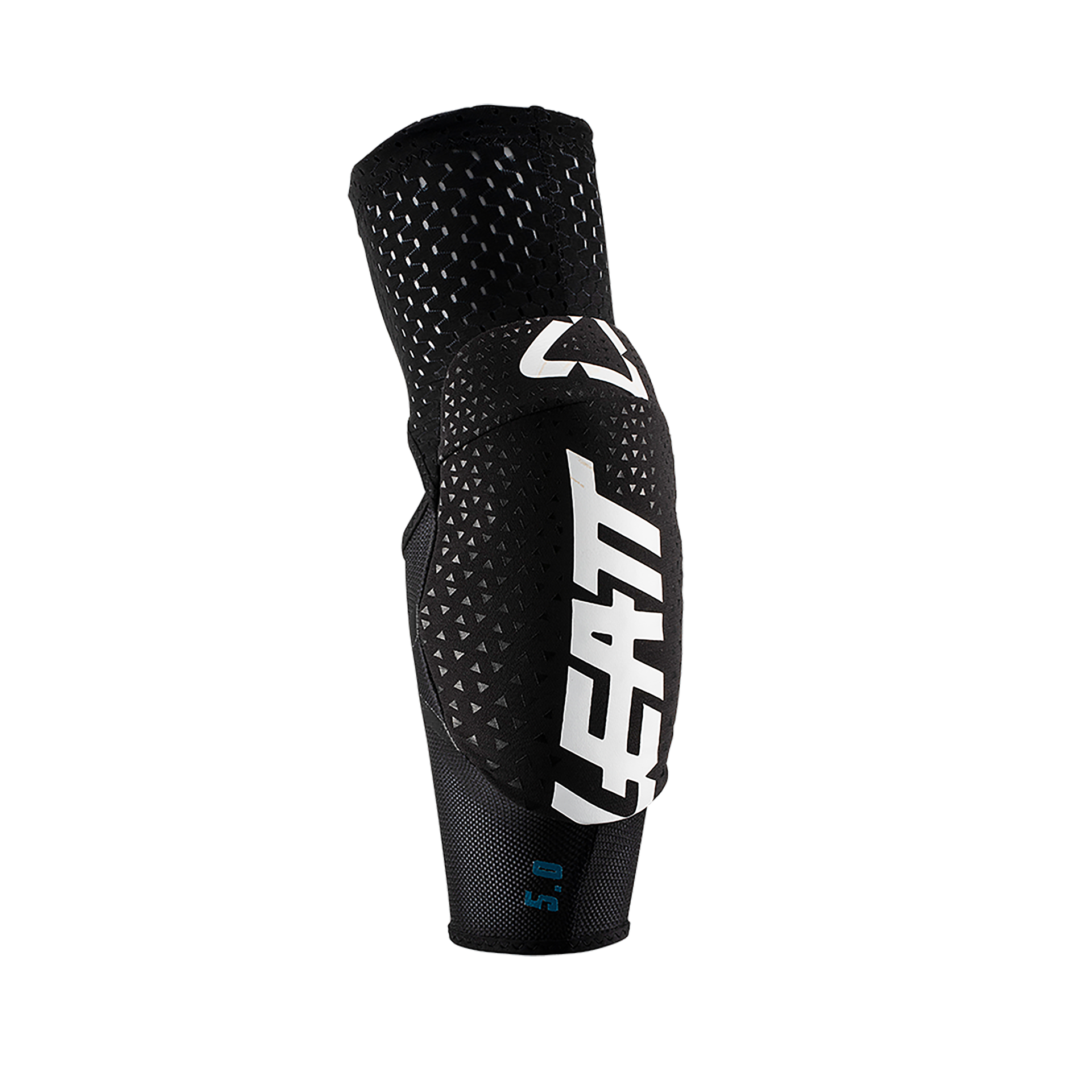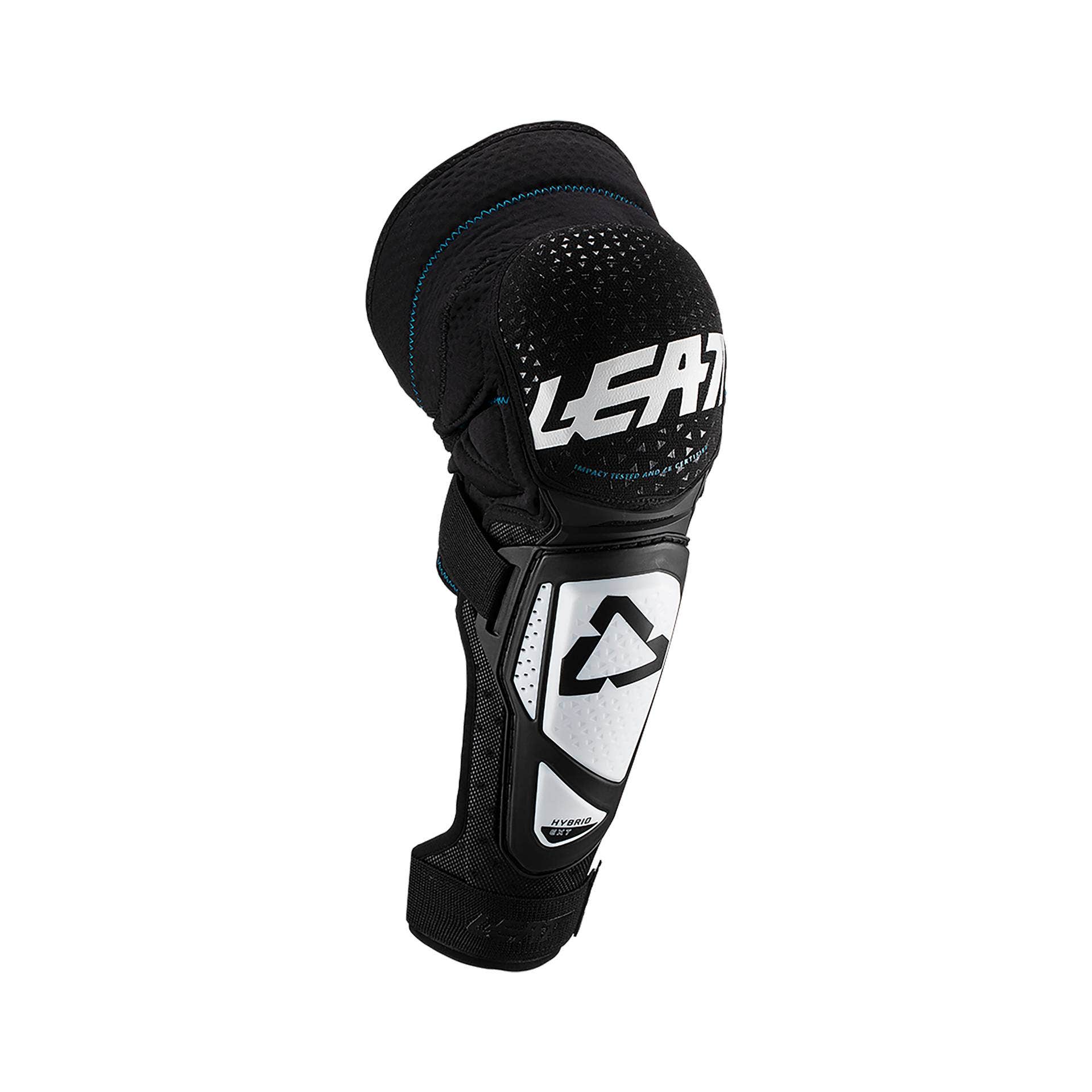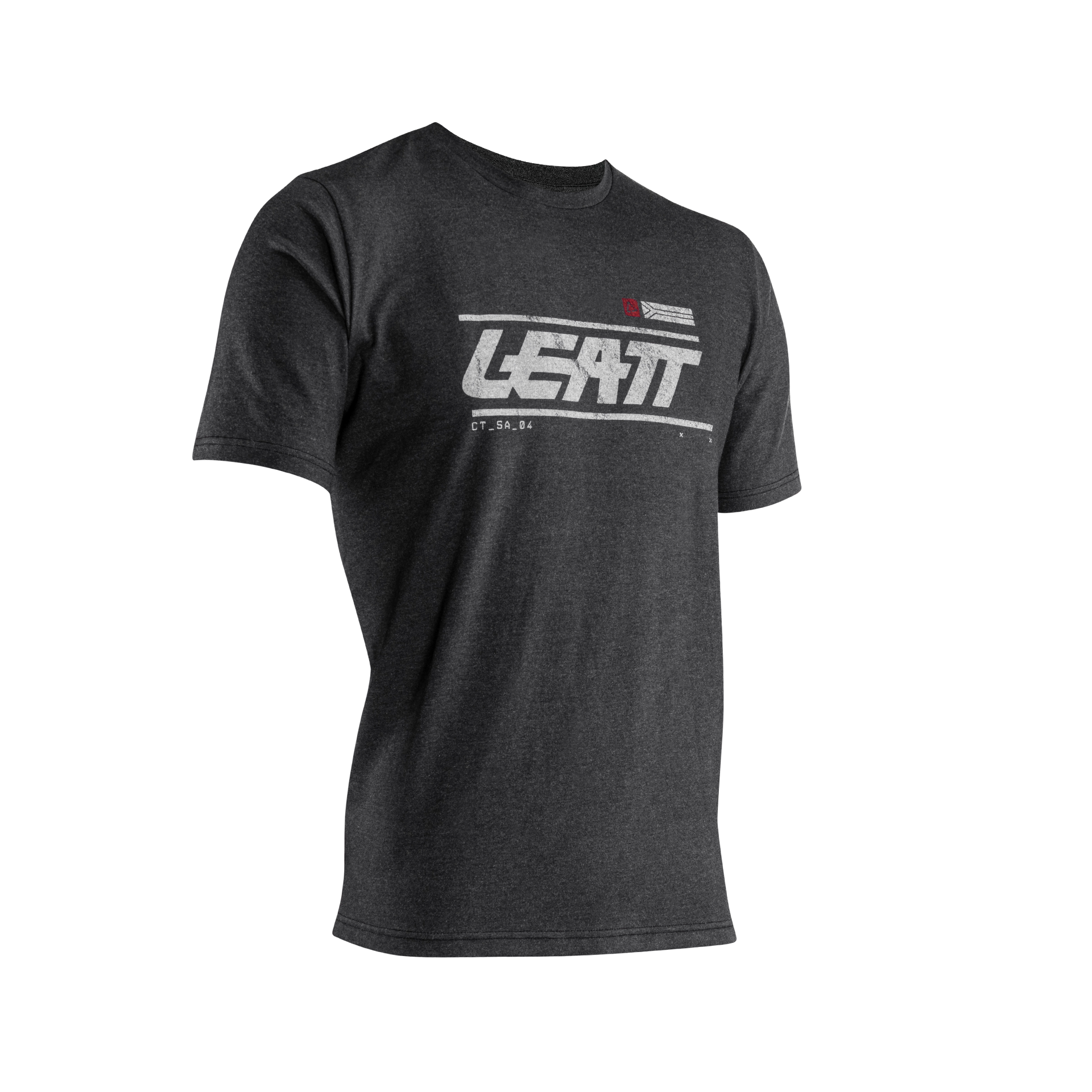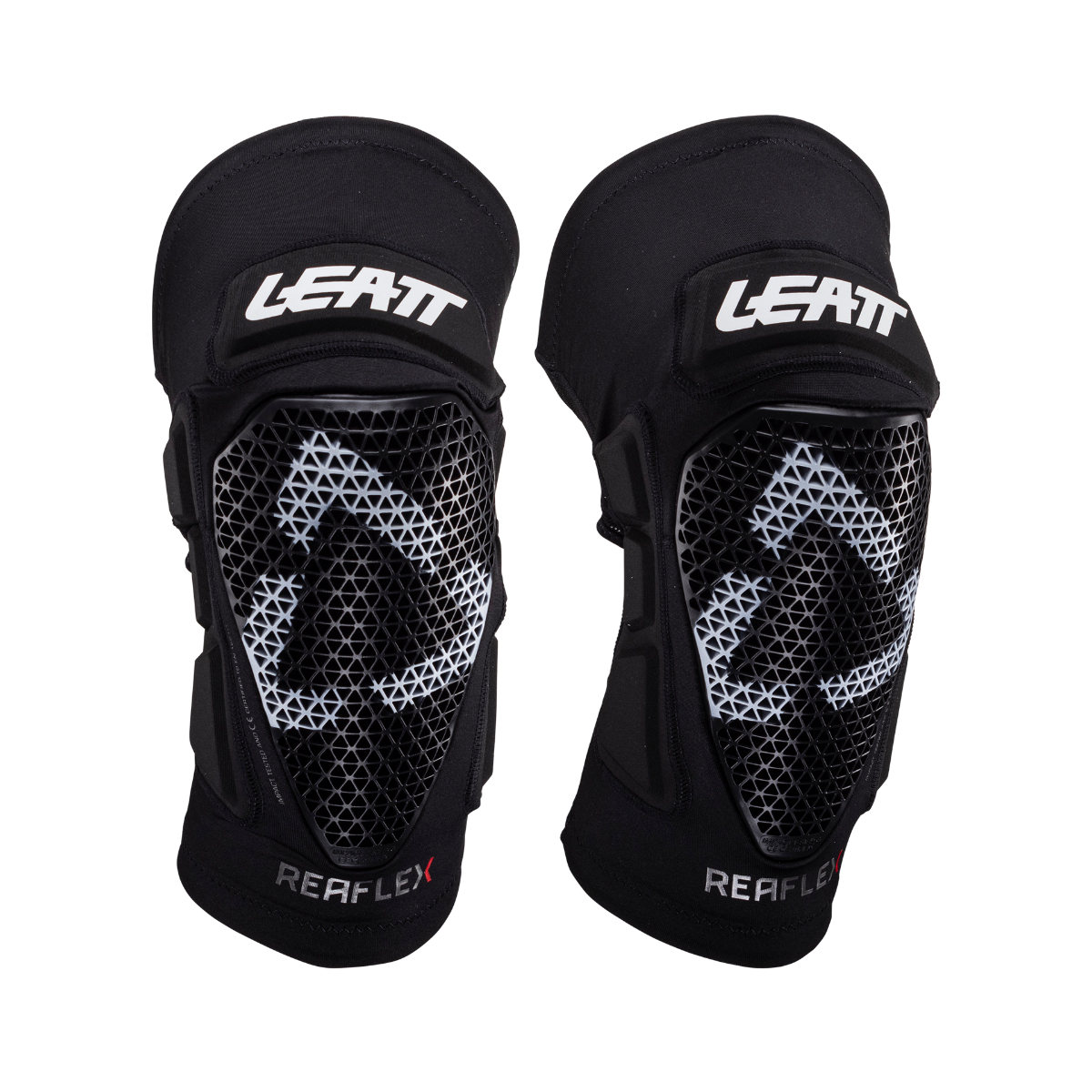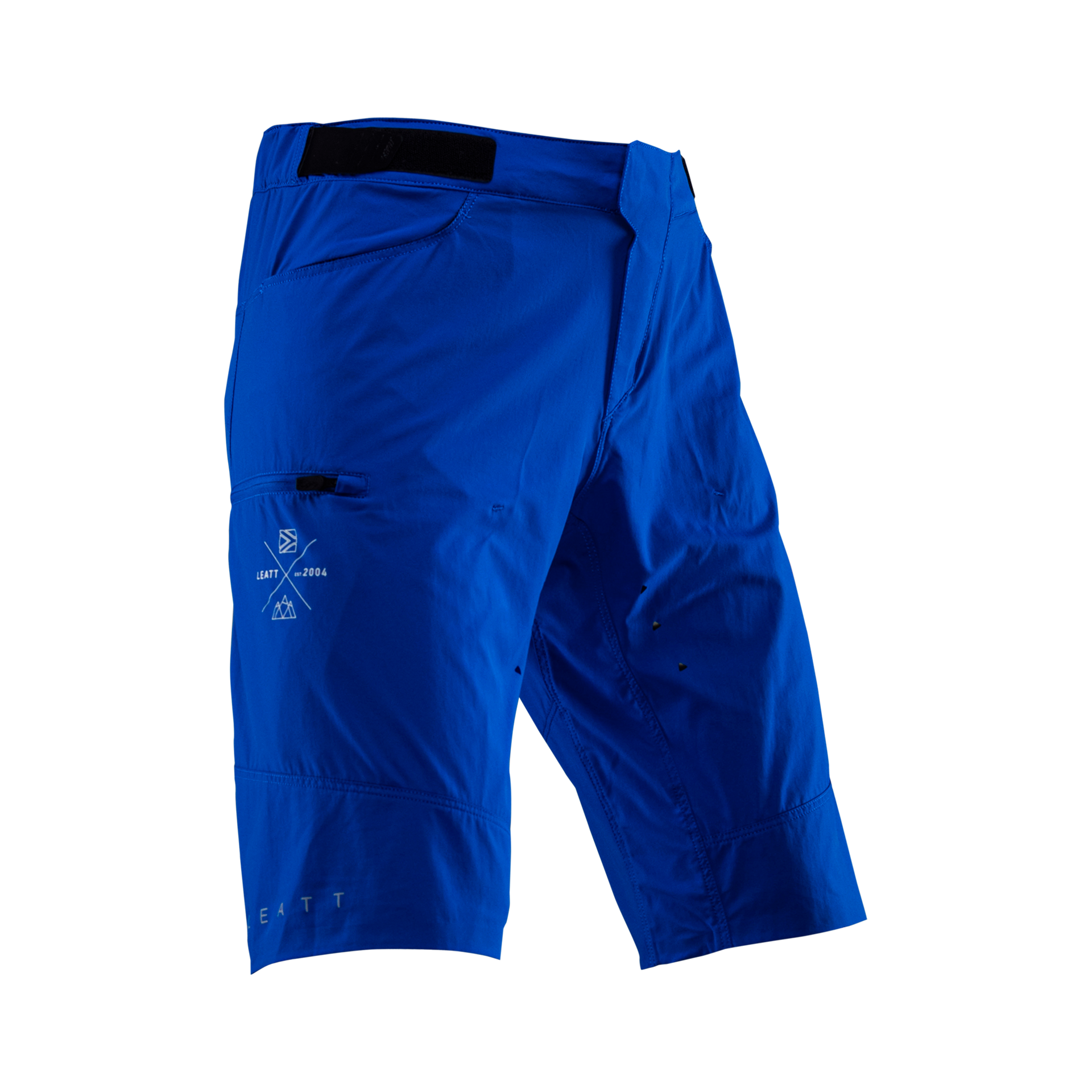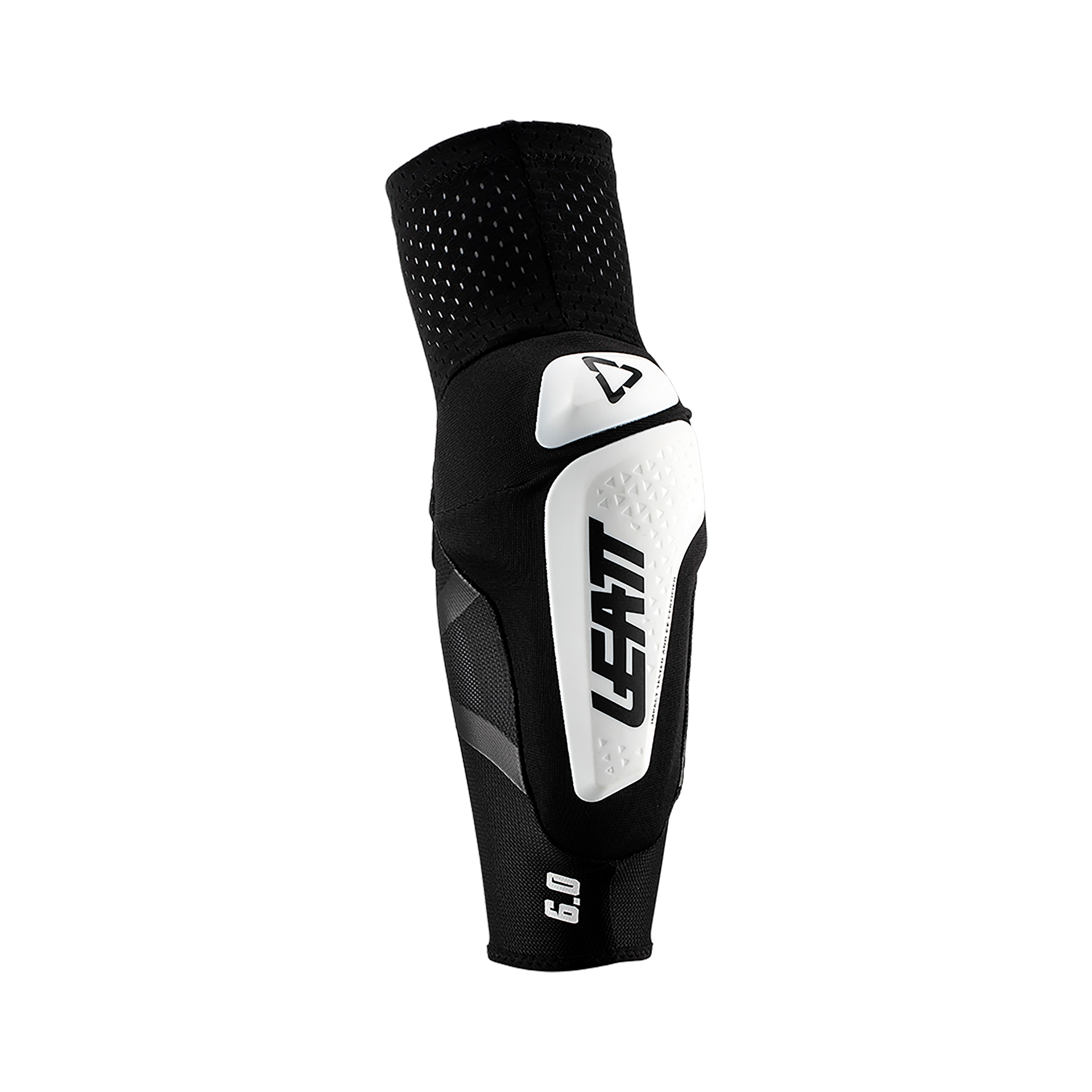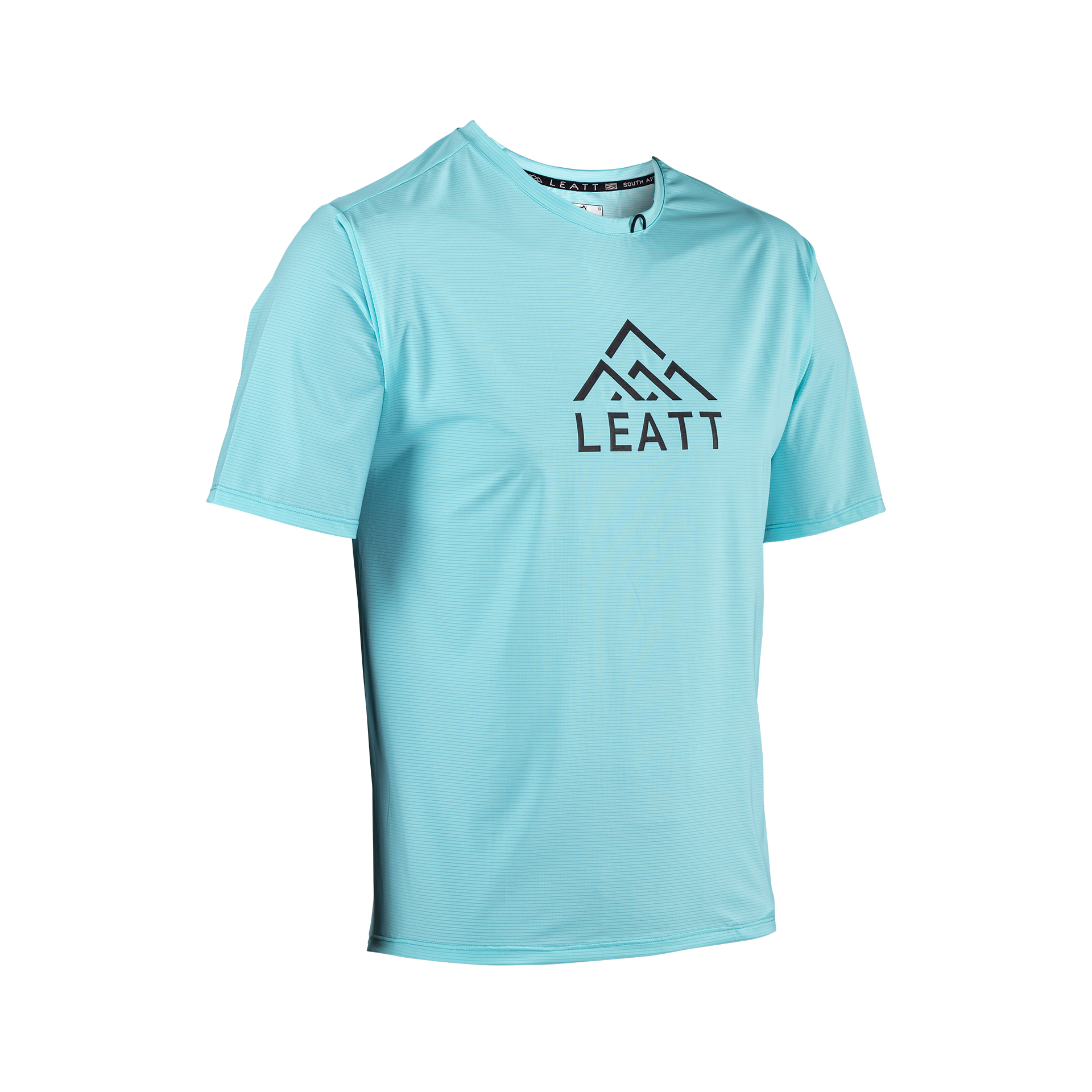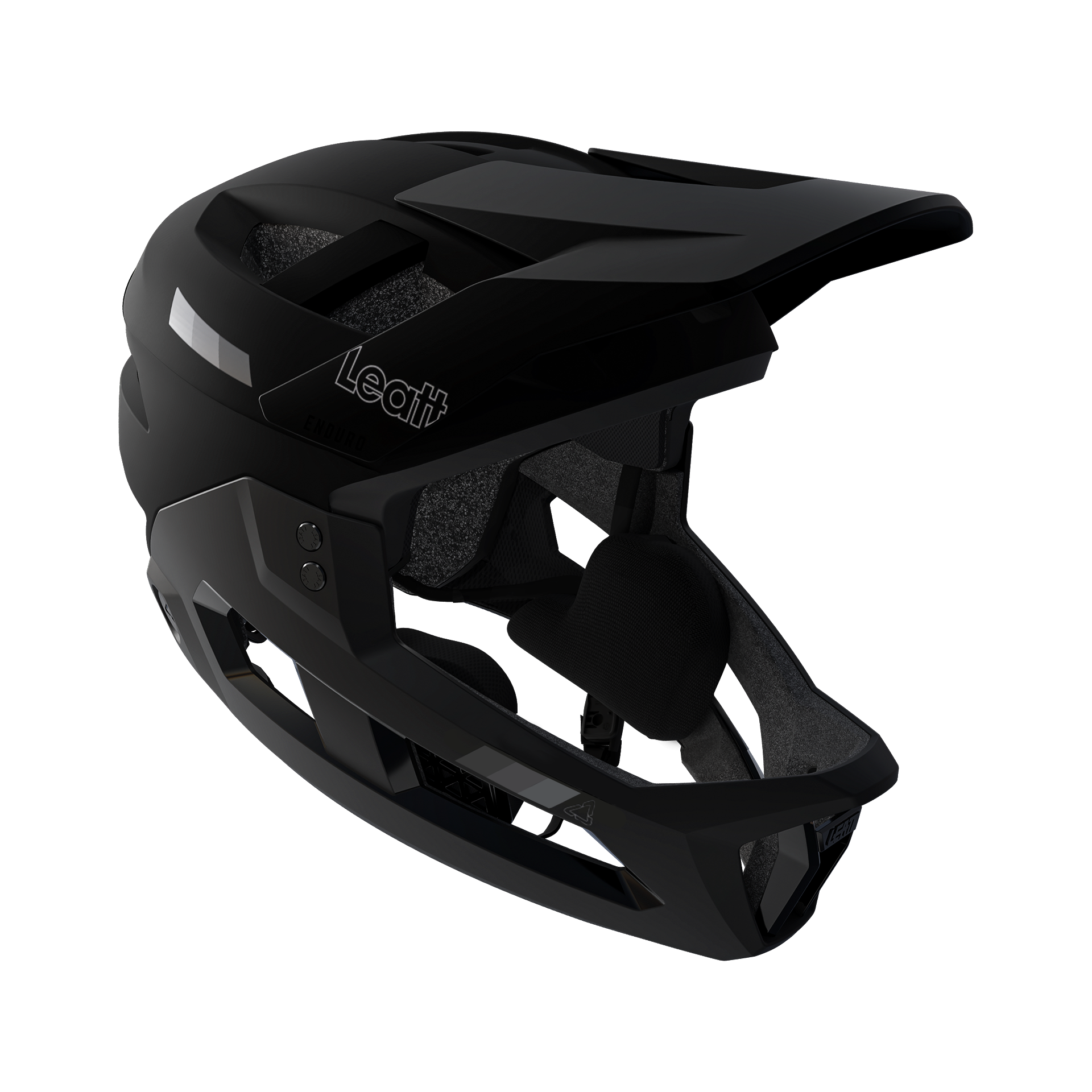Rider. Father. Inventor. While training in neurosurgery, Dr. Chris Leatt witnessed a tragic motocross accident that claimed the life of fellow rider. Determined to prevent similar injuries, especially for his young son who had just started riding, Dr Leatt walked away from medicine to design what would become the game-changing Leatt® neck brace.
Born in South Africa, he studied medicine at the University of Cape Town and gained trauma experience in hospitals across SA and the UK. He also served as a medical officer at multiple FIM MX Grand Prix events. In 2004, he shifted his full focus to rider safety. Today, Dr. Leatt leads the Leatt® Lab in Cape Town, where science, engineering, and passion collide to create world-class protective gear. He still rides, and remains as committed to saving lives as he was the day it all began.

